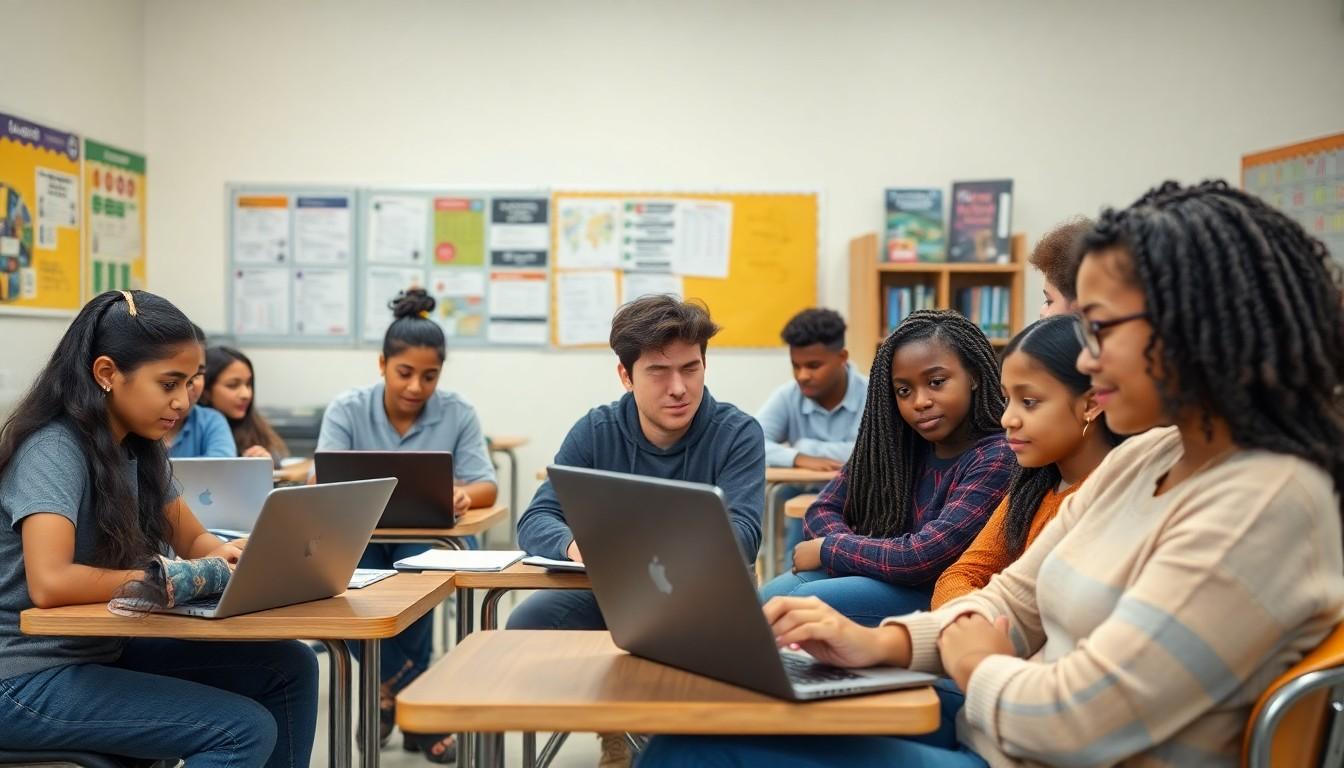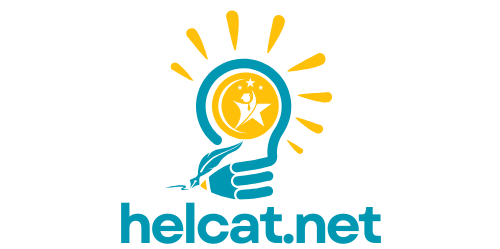Education policy issues can feel like navigating a maze blindfolded. One minute, they’re discussing funding; the next, they’re debating standardized testing. It’s enough to make anyone’s head spin. Yet, these issues shape the future of learning and impact students, teachers, and communities alike.
In a world where knowledge is power, understanding these policies is crucial. They determine how schools operate and how resources are allocated. From equity in education to curriculum changes, the stakes are high. So, grab your coffee and buckle up as we dive into the wild and wacky world of education policy. Who knew policy could be this entertaining?
Education Policy Issues
Education policy issues encompass various challenges that directly affect the effectiveness of educational systems. These challenges include funding disparities, access to quality education, and the implications of standardized testing. Each factor contributes to the overall landscape, highlighting the complex relationship between policy decisions and student outcomes.
Funding remains a critical concern. According to the National Center for Education Statistics, disparities in funding often lead to uneven educational opportunities across districts, particularly affecting low-income areas. Many students in underfunded schools face limited resources, which can hinder academic performance.
Access to technology represents another significant issue. It influences the ability of students and educators to engage with modern learning tools. The digital divide has become increasingly evident, especially during the COVID-19 pandemic, as remote learning necessitated reliable internet access that many families lacked.
Standardized testing has ignited debates concerning its role in education. Some experts argue that it offers measurable data on student performance, while others believe it pressures educators to “teach to the test,” potentially compromising a well-rounded education. The impact on curriculum design cannot be overlooked, as educational priorities shift to accommodate testing requirements.
Equity remains at the forefront of education policy discussions. Addressing systemic inequities involves considering factors such as race, socio-economic status, and geographic location. Educational institutions must work to ensure fair access to resources and opportunities for all students.
Understanding these education policy issues is essential for educators, policymakers, and communities. Each influence shapes how schools operate, the types of resources distributed, and ultimately, the educational experiences of students. The challenges are significant, and prioritizing comprehensive, equitable solutions is imperative for meaningful change.
Key Education Policy Issues Today

Several key issues shape education policy in today’s landscape. These challenges critically impact learners and educators alike.
Funding and Resources
Funding disparities create significant obstacles in education. Schools in low-income areas often receive fewer resources, limiting opportunities for students. Insufficient funding leads to larger class sizes and reduced access to extracurricular programs. Public funding variations affect local property taxes, resulting in unequal educational support. A balanced allocation of resources is essential for fostering equal opportunities across schools. Addressing these financial inequities will ensure that all students receive quality education regardless of their socio-economic status.
Equity and Access
Equity and access remain pressing concerns in education policy discussions. Systemic inequities related to race, socio-economic status, and geographic location influence student experiences. Students from marginalized backgrounds often face additional barriers, including limited access to technology and advanced coursework. Efforts to create equitable learning environments must prioritize removing these barriers. Strategies should focus on targeted support systems that meet the specific needs of underrepresented populations. Ensuring access to quality resources will empower all students to succeed.
Curriculum and Standards
Curriculum and standards play a vital role in shaping educational outcomes. Standardized testing often drives curriculum design, overshadowing creative and critical thinking in classrooms. Policymakers must evaluate the effectiveness of current standards to align with real-world skills. Flexibility in curriculum development encourages innovative teaching methods that foster deeper understanding. Ongoing dialogue about curriculum should include input from educators and communities, ensuring that it reflects diverse perspectives. Updating standards will enhance educational relevance and effectiveness for today’s learners.
Impact of Education Policy Issues
Education policies significantly affect various stakeholders, especially students and teachers. Understanding this impact is vital for advocating for more effective and equitable education systems.
On Students
Students experience direct consequences from education policies. Funding disparities result in unequal access to resources, affecting their learning outcomes. Larger class sizes limit individual attention, hindering personalized learning opportunities for many. The digital divide further complicates access to technology, with low-income students losing vital tools for online education. Additionally, standardized testing creates stress, often overshadowing the development of critical thinking and creativity. Students from marginalized backgrounds frequently encounter systemic barriers that impede their educational progress. Tailored support systems can enhance academic experiences by addressing these inequities.
On Teachers
Teachers face numerous challenges linked to education policy issues. Resource disparities often lead to burnout, as they strive to provide quality education without adequate support. Standardized testing influences curriculum design, leaving limited room for innovative teaching methods. Many teachers express frustration over rigid policies that restrict their professional autonomy. Enhanced collaboration with educational stakeholders can lead to informed decisions that benefit both teachers and students. Additionally, ongoing professional development opportunities empower teachers to adapt to evolving educational needs. Addressing these policy issues can enhance teacher satisfaction and ultimately improve student outcomes.
Strategies for Addressing Education Policy Issues
Advocacy and reform play vital roles in shaping effective education policies. Grassroots movements can drive significant changes at local, state, and national levels. Organizations like the American Federation of Teachers and the National Education Association mobilize efforts to advocate for equitable funding and comprehensive reforms. These groups engage with policymakers to promote legislation that addresses systemic inequities. Collaborations often enhance the power of advocacy, bringing together diverse voices advocating for underrepresented communities in education.
Community involvement fosters a collaborative environment that leads to improved education policy. Local stakeholders, including parents, educators, and community leaders, can voice their concerns and propose solutions. Schools that engage families through forums and workshops build trust and transparency. Input from the community ensures that policies reflect the needs of those they impact. Active participation enhances accountability among educational institutions while creating stronger support networks for students. Encouraging dialogue within communities leads to more informed and effective policy decisions.
Enhance Learning Experiences
Education policy issues are multifaceted and deeply interconnected. The challenges faced by students and educators underscore the urgent need for reform that prioritizes equity and access. By addressing funding disparities and fostering community involvement, stakeholders can create a more inclusive educational landscape.
Ongoing dialogue among educators, policymakers, and communities is essential to ensure that policies reflect the diverse needs of all students. As advocacy efforts continue to grow, the potential for meaningful change becomes increasingly attainable. It’s crucial for everyone involved to remain engaged and proactive in shaping effective education policies that enhance learning experiences and promote success for every student.

